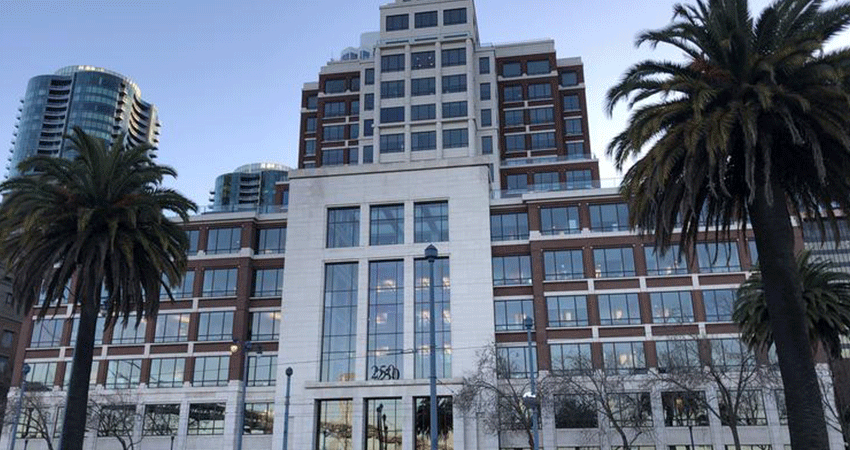A year after its launch, Gap Inc. has decided to exit its retail media and advertising business, in order to focus more time and investment on its B2B logistics services and custom apparel, as it faced competition from major retailers whose media networks held more appeal for brands.
A Gap Inc. spokesperson confirmed the decision to unwind GPS Media, first reported by Business Insider, saying retail media was part of the company’s test-and-learn culture.
“Our B2B team is focused on the businesses with the strongest demand and greatest momentum,” the spokesperson said. “At this time, these include GPS Platform Services, which provides warehousing and logistics as a service, and GPS Apparel, which develops custom uniform programs for global brands.”
Both of those leverage Gap’s considerable supply chain, technical and digital capabilities, as well as customer insights. “While still in early stages, we are excited about their prospects,” the spokesperson said.
Lindell Bennett, chief revenue officer of in-store retail media network provider Cooler Screens, said Gap Inc. faced considerable challenges competing for retail media dollars in an increasingly crowded field. Cooler Screens competes with Australian firm Brandcrush, which was just acquired by Criteo.
“First, they only sell their own brands,” said Bennett, who helped Amazon grow its ad business with CPGs before joining Cooler Screens last year. “Second, the biggest players in retail media – Amazon, Walmart, Roundel (Target) and Kroger – sell across multiple categories and have greater online scale. Third, I don’t know what assets Gap has to differentiate itself. Is it their audience? Is it data?”
At the end of the day, Bennett said, it was hard to see how brands could use Gap to amplify their own message or grow their audience, “since Gap Inc. is about Gap, not other brands.”
eMarketer projects spending on digital retail media will increase 31.4% in 2023, for a total of $40.81 billion. The research outfit projects it will hit $61.15 billion next, representing nearly 20% of digital ad spend.

